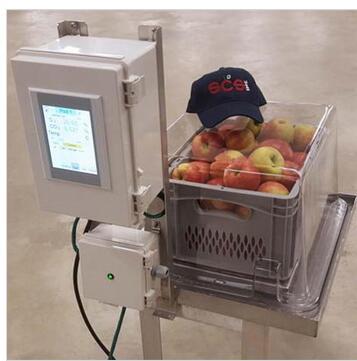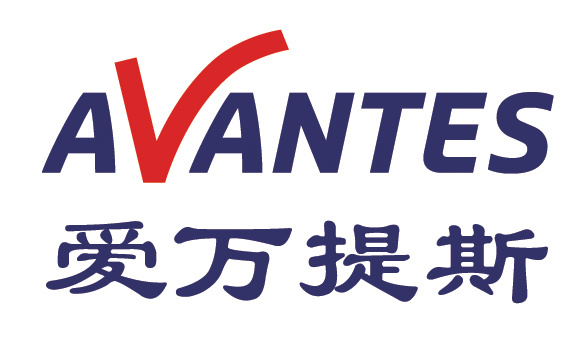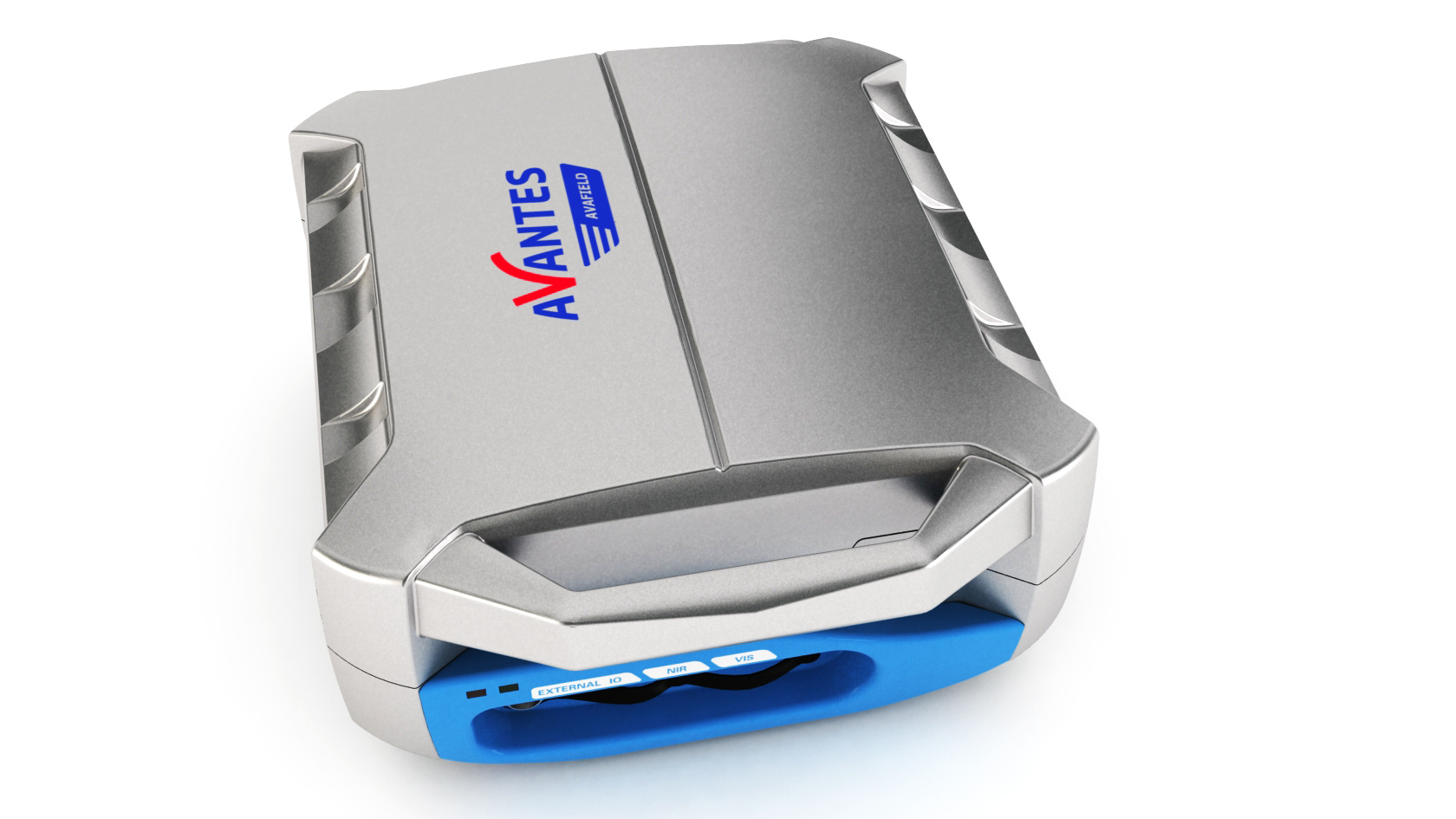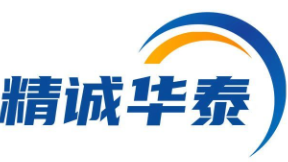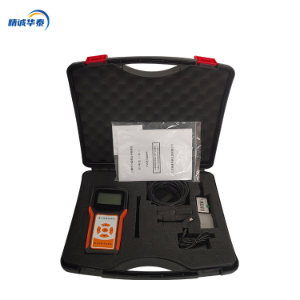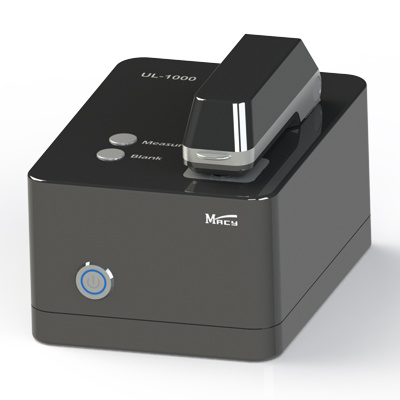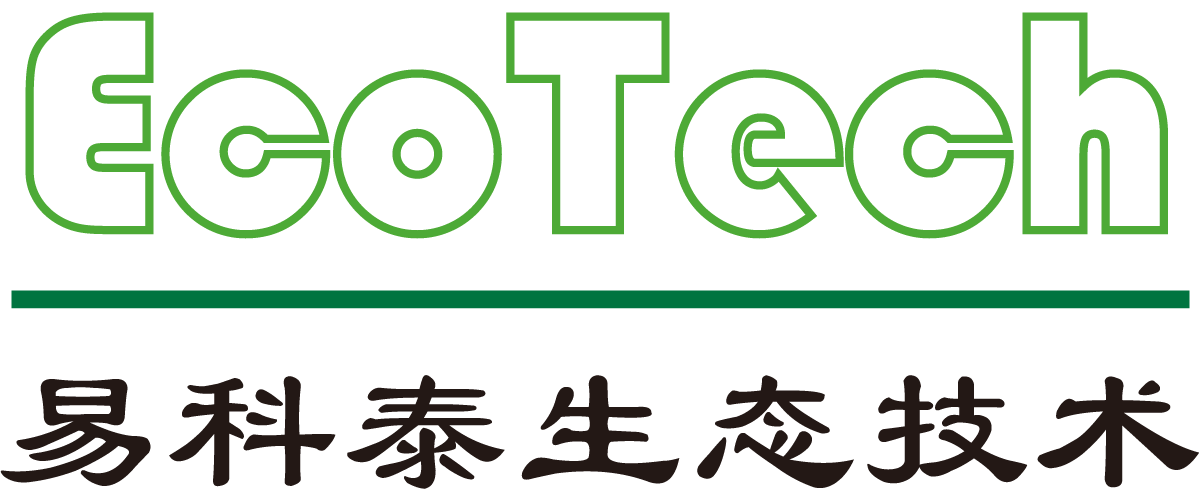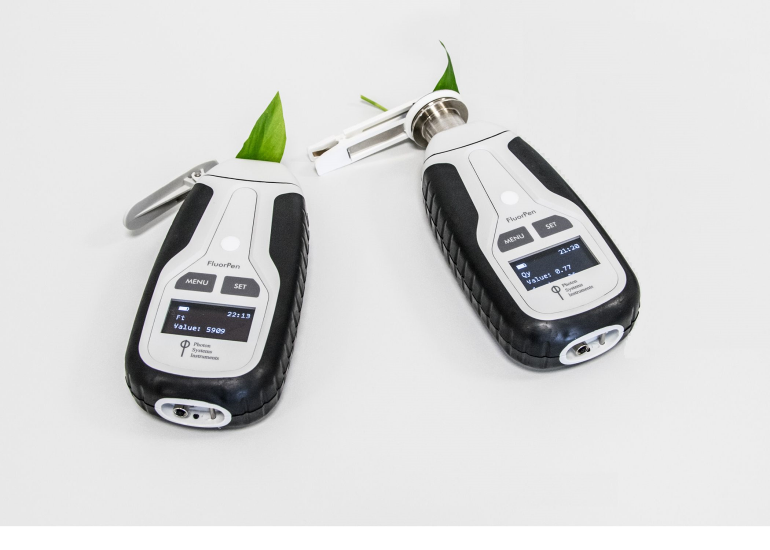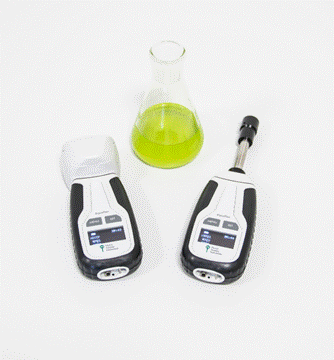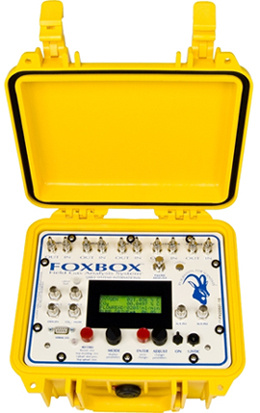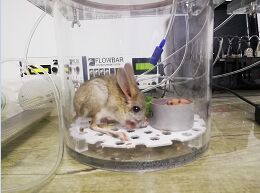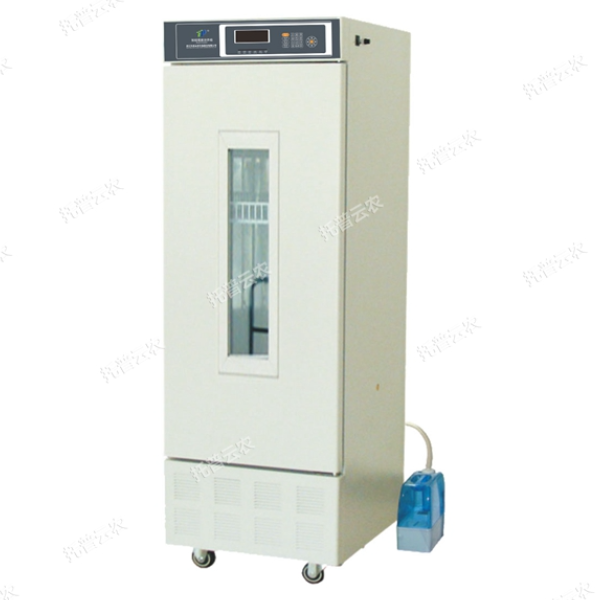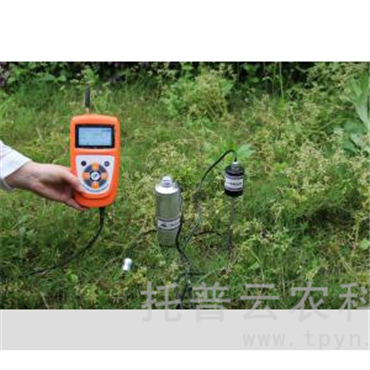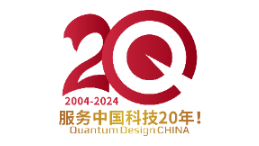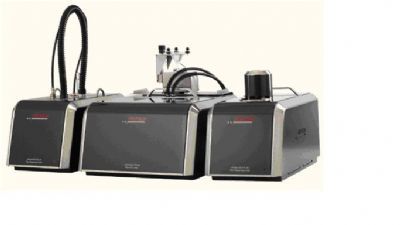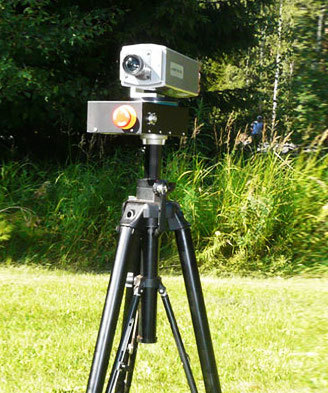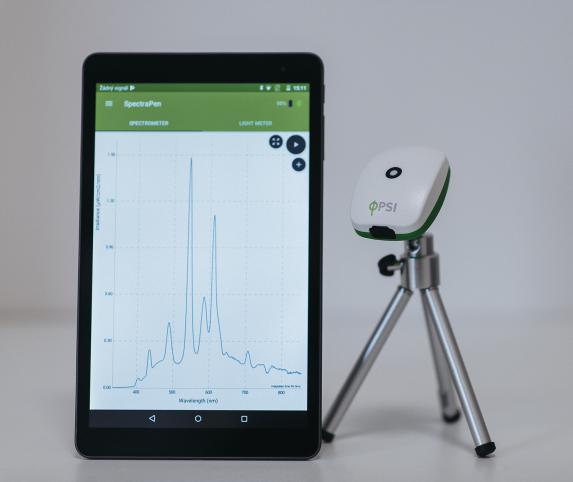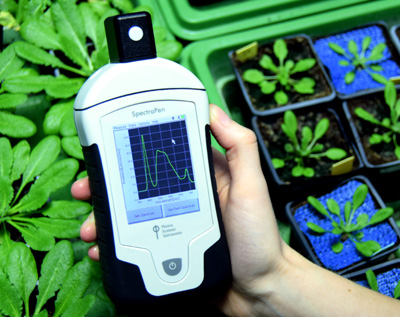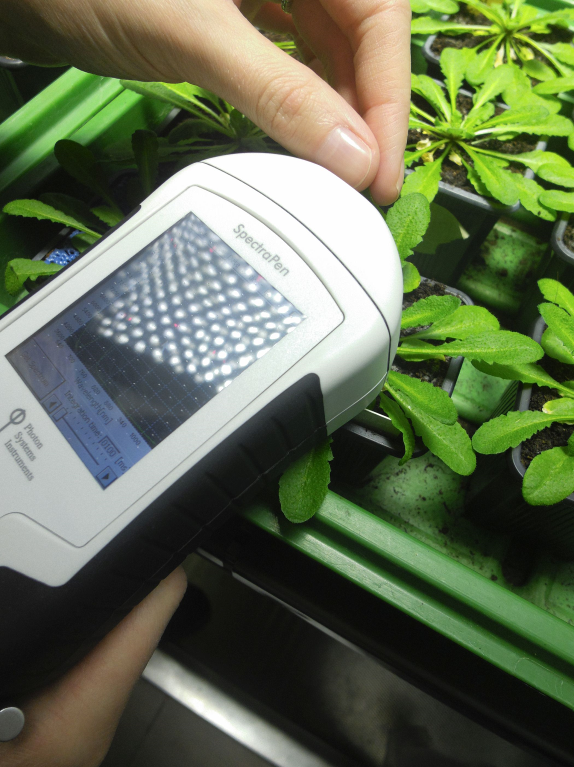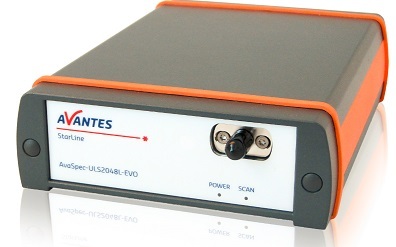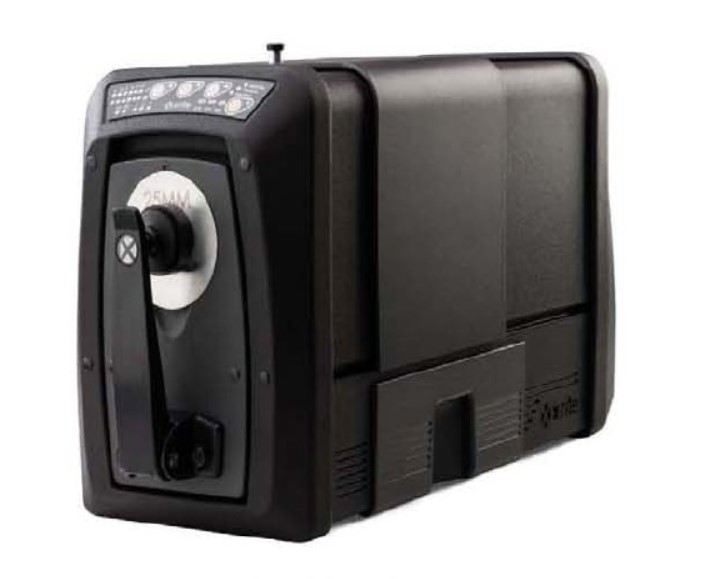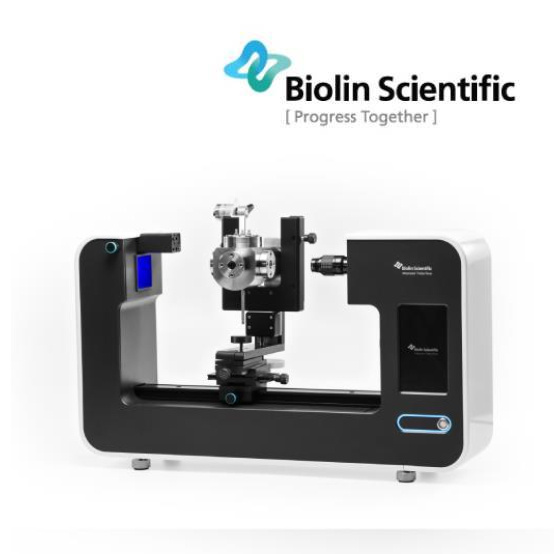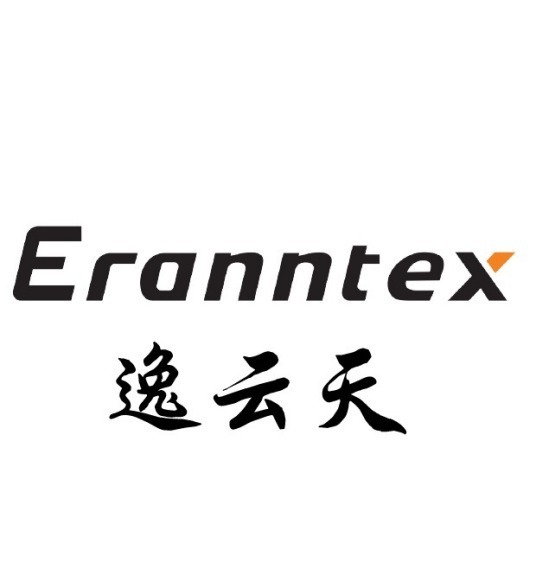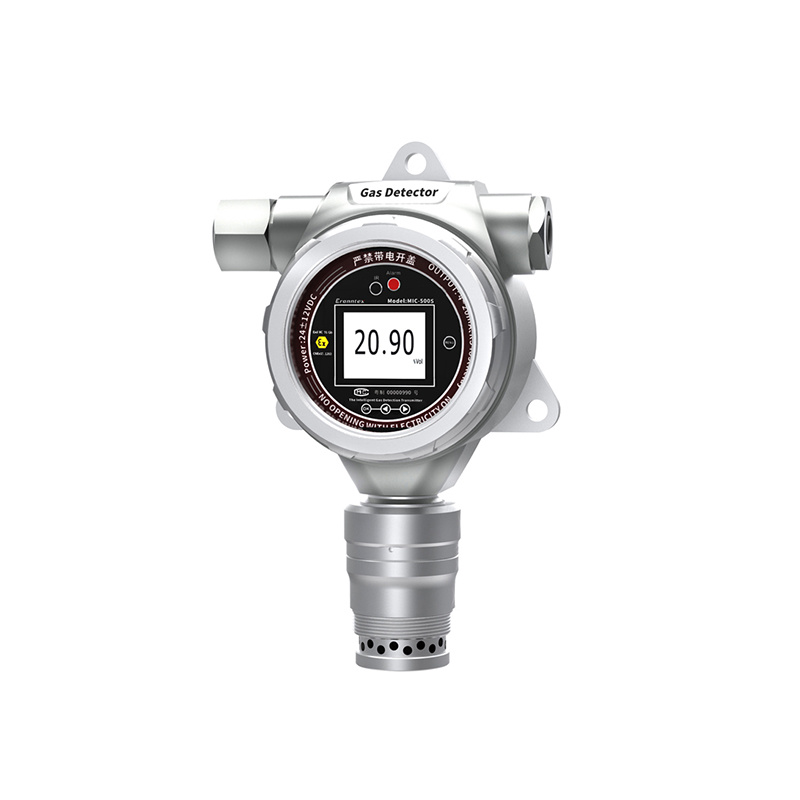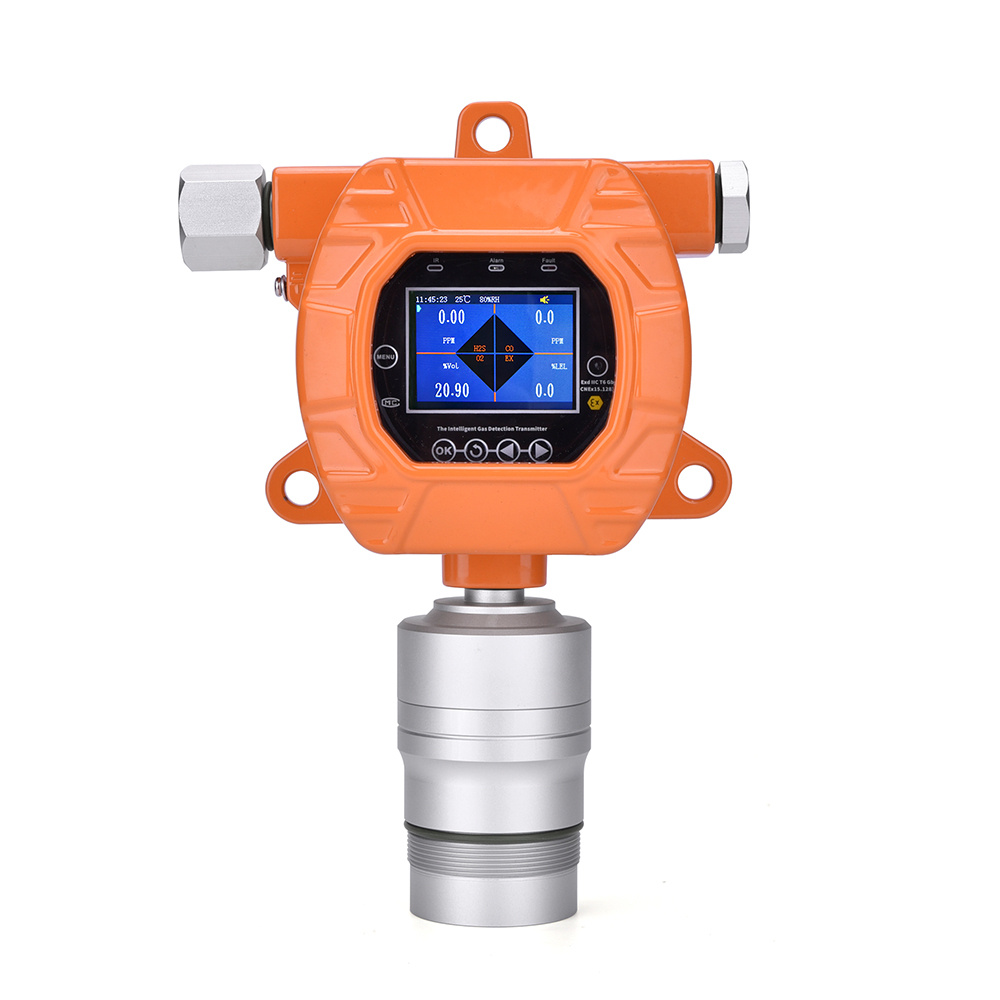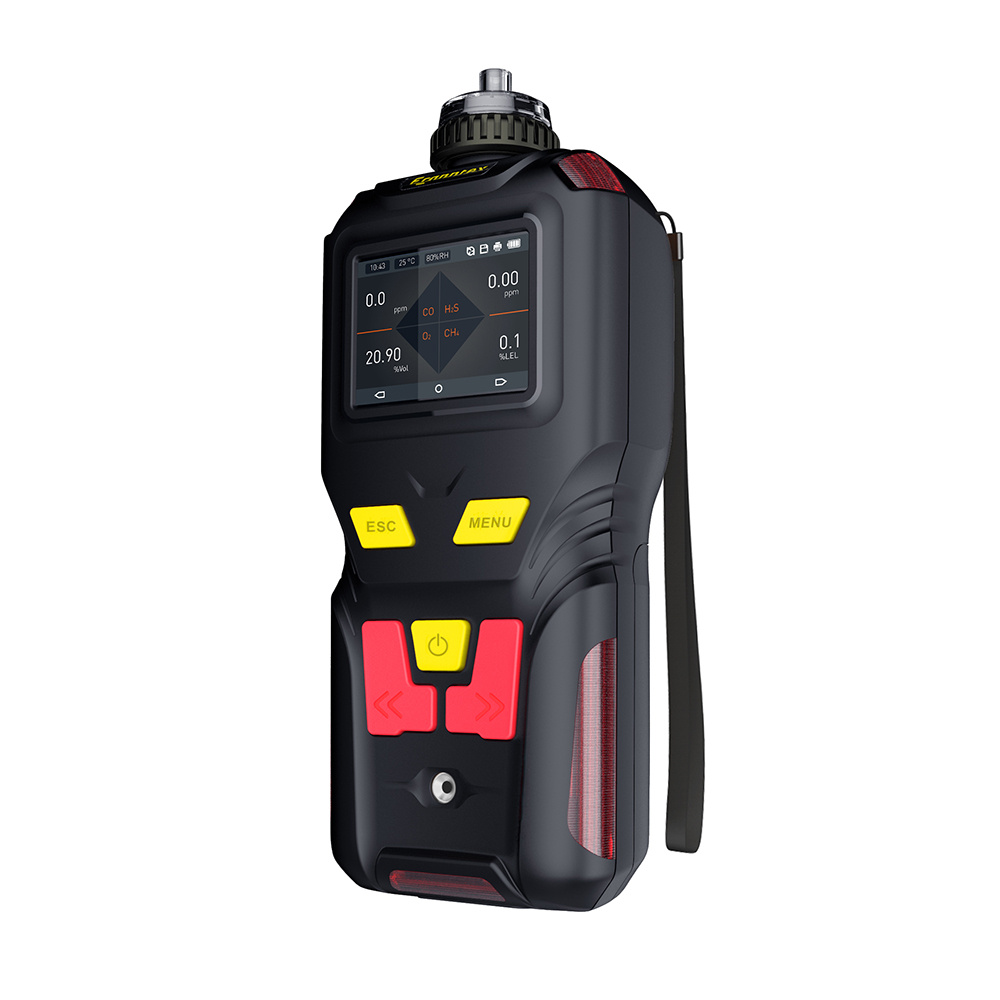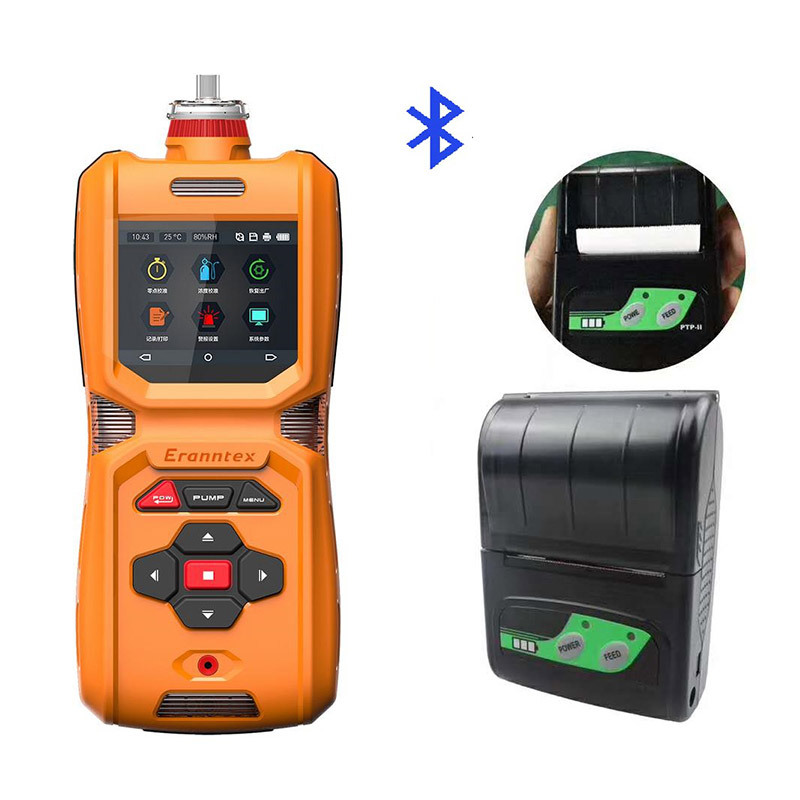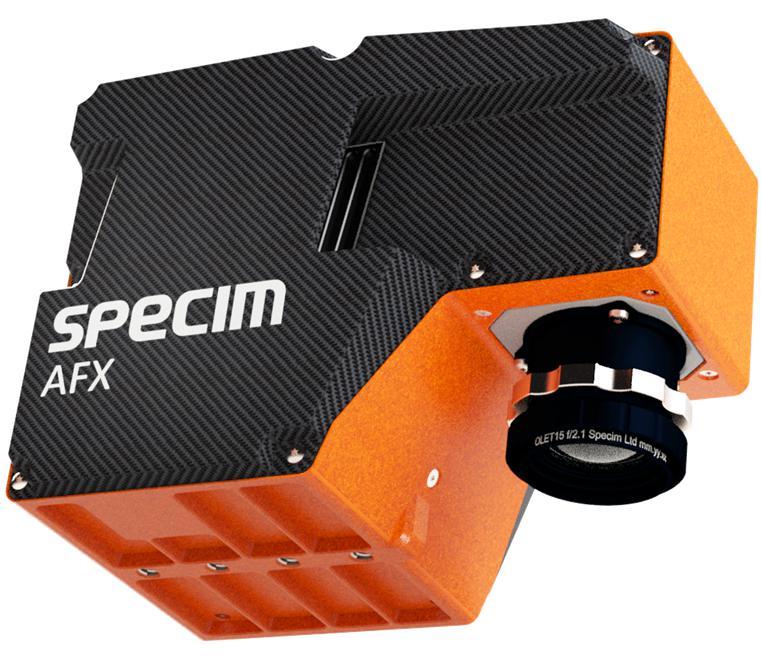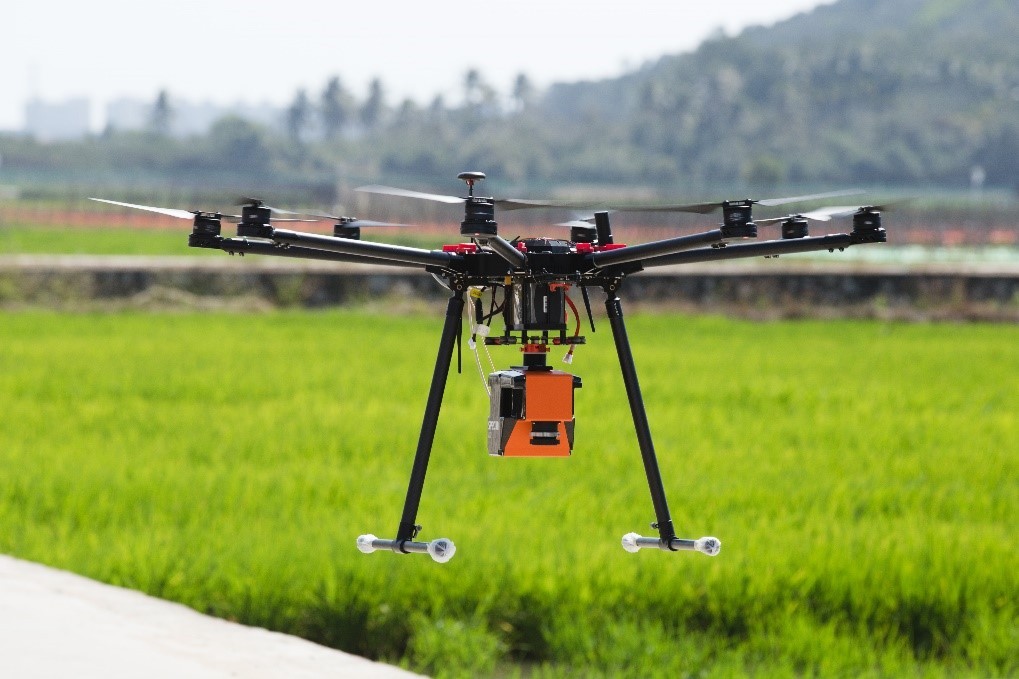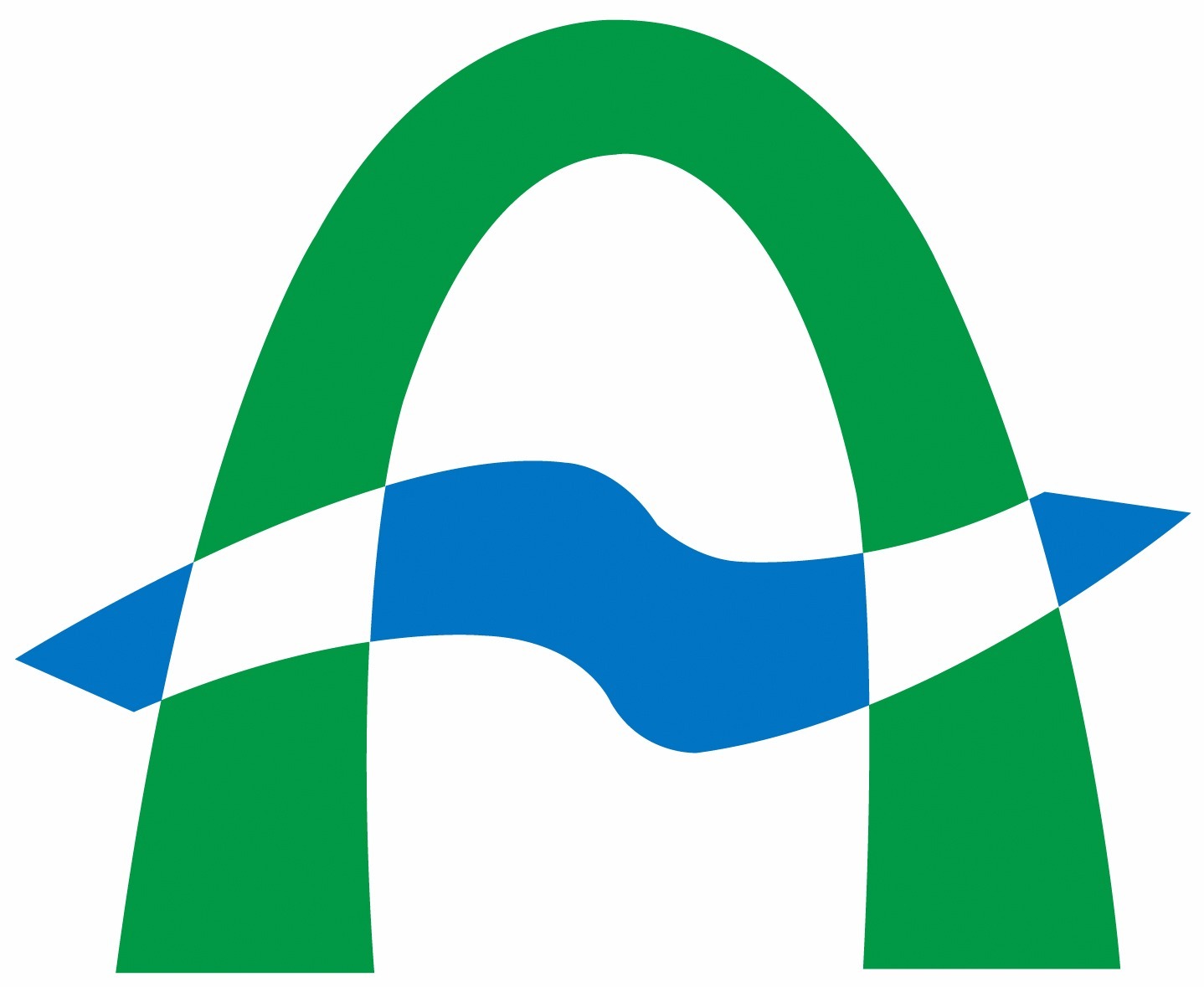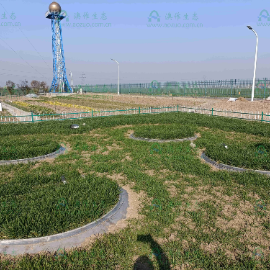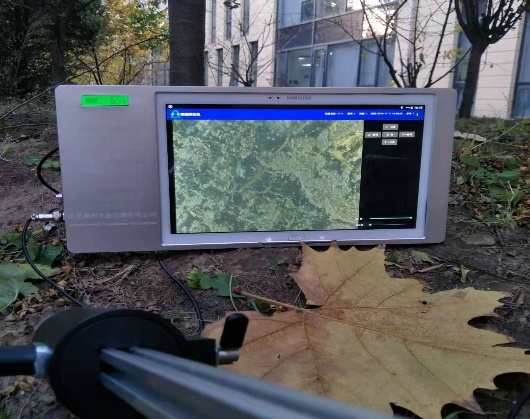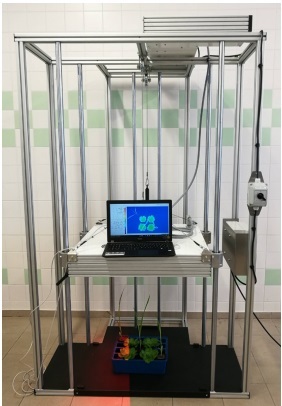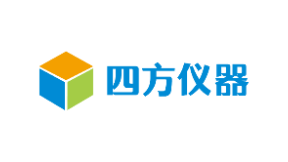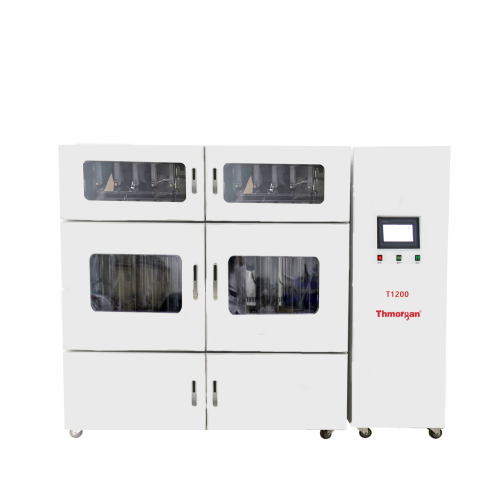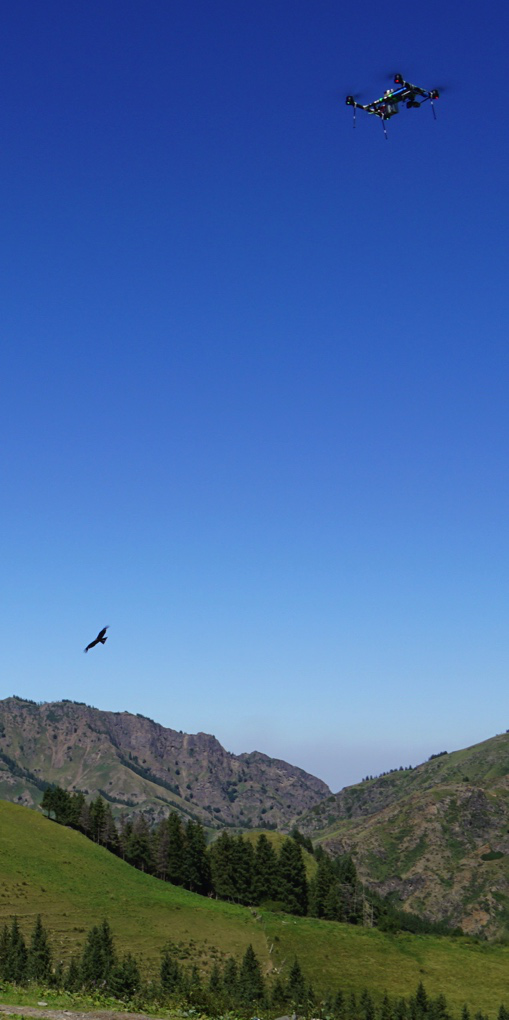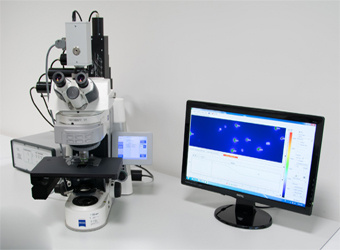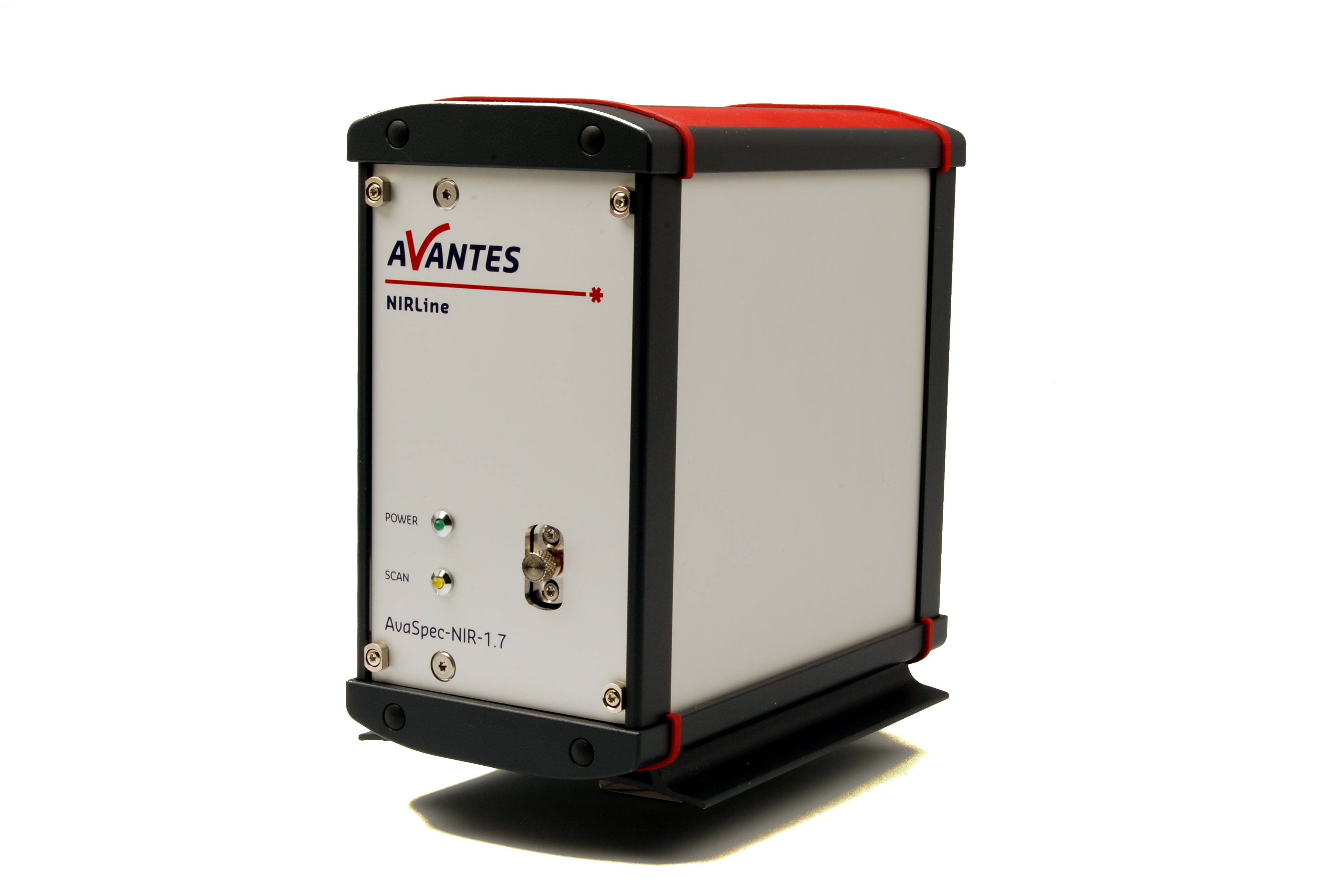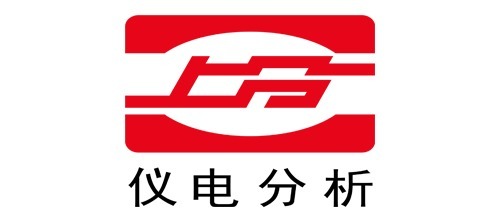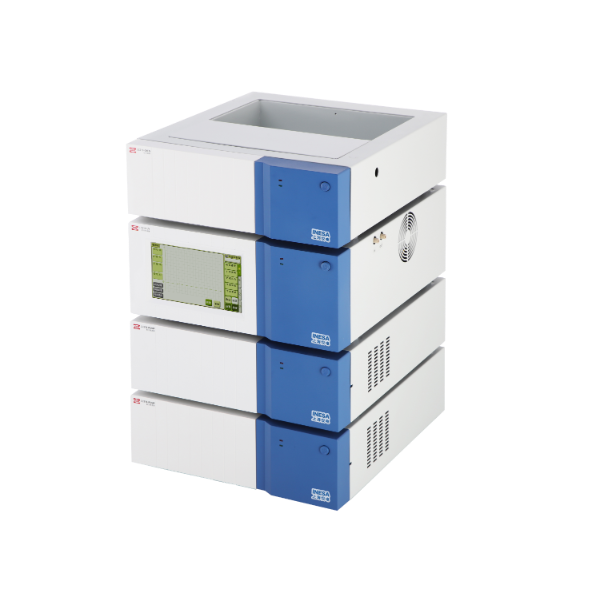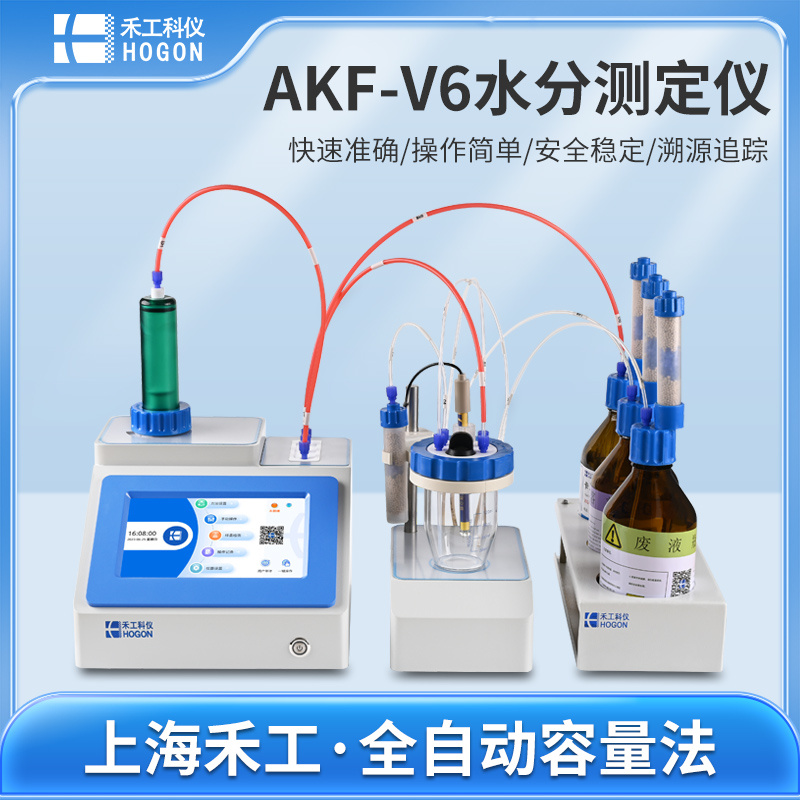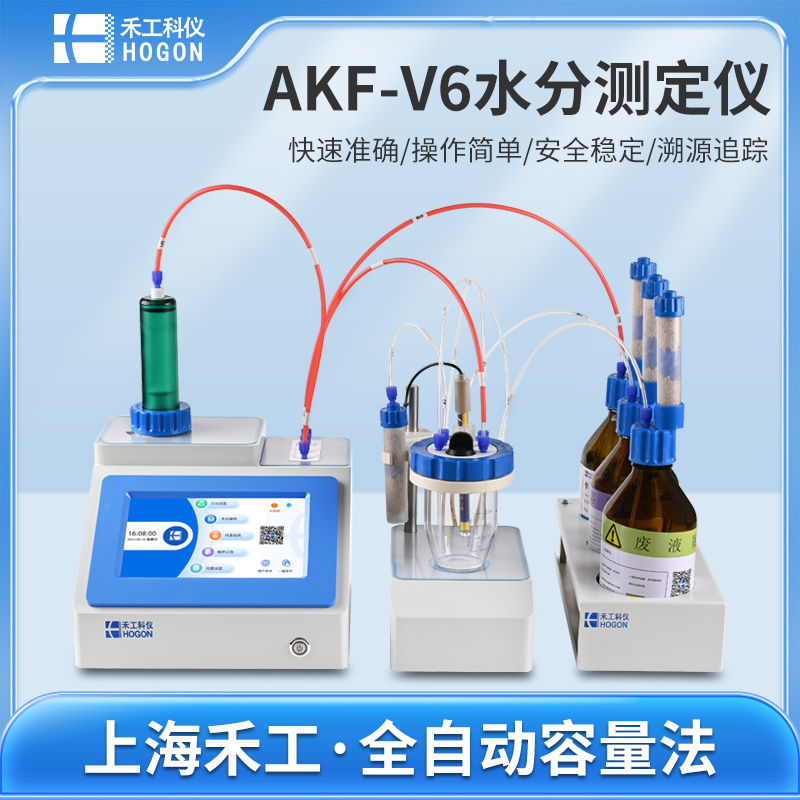农产品,园艺产品中二氧化碳,氧气检测方案(气调保鲜)
世界贸易改变了食品零售,推动了园艺产品运输和储存技术的发展,提供全年供应的水果和蔬菜。园艺产品极易腐烂,因为水果和蔬菜继续其代谢过程,导致采后成熟和衰老,使它们最终无法进入市场。先进的采后技术对于减少食物浪费至关重要,同时保持高标准的安全和质量。与冷藏,可控气氛(CA)和气调包装(MAP)一起应用于改变农产品的内部和外部环境,降低其代谢活动和延长保质期。CA和MAP都受益于技术创新。呼吸商控制改善了传统和最近开发的CA系统的管理; 天然气清除剂使MAP更有效率; 天然添加剂的加入提高了整个供应链的食品安全性。本文回顾了新的采后技术在操纵气体环境中的应用,并突出了需要进一步研究的领域
检测样品:
其他
检测项:
理化分析
图拉扬科技有限公司
查看联系电话
前往展位
新鲜叶片或根系中超氧化物歧化酶SOD检测方案(超微量分光光度计)
SOD是含金属辅基的酶。高等植物含有两种类型的SOD:Mn-SOD和Cu.Zn-SOD,它们都催化下列反应:由于超氧自由基(02)为不稳定自由基,寿命极短,测定SOD活性一般为间接方法。并利用各种呈色反应来测定SOD的活力。核黄素在有氧条件下能产生超氧自由基负离子02-..-,当加入NBT后,在光照条件下,与超氧自由基反应生成单甲躜(黄色),继而还原生成二甲躜,它是一种蓝色物质,在美析UL-1000超微量紫外可见分光光度计560nm波长下有最大吸收。当加入SOD时,可以使超氧自由基与H结合生成H2O2和02,从而抑制了NBT光还原的进行,使蓝色二甲攒生成速度减慢。通过在反应液中加入不同量的SOD酶液,光照一定时间后测定560nm波长下各液光密度值,抑制NBT光还原相对百分率与酶活性在一定范围内呈正比。反应液蓝色愈深,说明酶活性愈低。
检测样品:
其他
检测项:
理化分析
美析(中国)仪器有限公司
查看联系电话
前往展位
大田和野外中叶绿素荧光光合作用检测方案(植物荧光成像)
FluorPen/AquaPen手持式叶绿素荧光仪轻便小巧,具备测量脉冲调制式荧光淬灭曲线和OJIP快速荧光动力学曲线的功能,同时配备多种探头适用于不同实验需求,但其不具备成像功能,难以全面反映植物光合生理的差异。FluorCam便携式叶绿素荧光成像仪是一款既可以在实验室工作,也可以很方便地进行大田野外测量的叶绿素荧光成像仪。它可以进行叶片、藻类、苔藓、地衣等各种不同样品的脉冲调制式叶绿素荧光成像分析。而如果想在野外大田进行整株植物乃至群体的光合生理,那么FluorCam移动式叶绿素荧光成像系统则是不二之选,其35×35cm的有效成像面积是目前野外脉冲调制式叶绿素荧光成像技术所能达到的最大成像面积。
检测样品:
其他
检测项:
理化分析
北京易科泰生态技术有限公司
查看联系电话
前往展位
棉花栽种粘土中曝气地下灌溉用水的影响检测方案(氧分析仪)
Inadequate oxygen concentration in the root zone is a constraint to plant performance particularly in heavy, compacted and/or saline soils. Sub-surface drip irrigation (SDI) offers a means of increasing
oxygen to plant roots in such soils, provided irrigation water can be hyper-aerated or oxygenated. Hydrogen peroxide (HP) at the rate of 5 litre ha-1 at the end of each irrigation cycle was injected
through SDI tape to a field-grown zucchini (courgette) crop (Cucurbita pepo) on a saturated heavy clay soil in Queensland, Australia. Fruit yield, number and shoot weight increased by 25%, 29% and 24% respectively due to HP treatment compared to the control. Two pot experiments with vegetable soybean (Glycine max) and cotton (Gossypium hirsutum) compared the effectiveness of HP and air injection using a MazzeiTM air injector (a venturi), throughout the irrigation cycle in raising crop yield in a heavy clay soil kept at saturation or just under field capacity. Fresh pod yield of vegetable soybean increased by 82-96% in aeration treatments compared with the control. The yield increase was associated
with more pods per plant and greater mean pod weight. Significantly higher above ground biomass and light interception were evident with aeration, irrespective of soil water treatment. Similarly cotton
lint yield increased by 14-28% in aeration treatments compared with the control. The higher lint yield was associated with more squares and bolls per plant which accompanied greater above ground biomass
and an increase in root mass, root length and soil respiration. Air injection and HP effected greater water use, but also brought about an enhancement of water use efficiency (WUE) for pod and lint
yield, and increased leaf photosynthetic rate in both species but had no effect on transpiration rate and stomatal conductance per unit leaf area.
检测样品:
其他
检测项:
理化分析
科艺仪器有限公司
查看联系电话
前往展位
动物中保护区管理与野生动物监测研究检测方案(生态环境遥感)
10月中旬,中国科学院动物研究所与易科泰光谱成像与无人机遥感研究中心等合作,进行了无人机遥感技术应用于保护区管理与野生动物监测研究培训研讨,来自中国科学院动物研究所、河南农业大学、中国科学院空天信息创新研究院以及国有愚公林场的老师、学生及林场管理人员等参加了会议和培训班。易科泰光谱成像与无人机遥感中心工程师做了培训报告并现场进行了Ecodrone® UAS-8 无人机红外热成像遥感飞行作业演示。该系统由中科院动物所购自易科泰生态技术公司,将应用于河南南太行山水林田湖草生态保护修复试点工程——猕猴国家级自然保护区科研监测项目,以及河南省野生动物救护中心野外驯化基地——济源市南山森林公园梅花鹿园的梅花鹿种群及其栖息地生态研究。
检测样品:
其他
检测项:
理化分析
北京易科泰生态技术有限公司
查看联系电话
前往展位
石头花中颜色、光谱检测方案(高光谱仪)
非洲南端的沙漠和半沙漠是荒凉的地方,气候干旱,降雨量少,气温高。 但这里是上奇怪的植物—石头花的产地。在恶劣的环境中,所有的植物都需要某种伪装以免受动物的侵害。石头花十分依赖伪装:身体大部分埋在土壤中,只有石头花多汁的叶子的平突出到土壤表面,这使得石头花很难被发现。在比较石头花的颜色和环境时,由于两者颜色十分接近,必须寻找一个工具尽可能准确和客观地测量颜色,高光谱成像技术解决了这个问题。
由于非洲恶劣的环境,石头花数据的采集必须用一款紧凑耐用,高质量的快速相机。芬兰生物学家University of Eastern Finland Tommi Nyman博士和挪威的NIBIO Svanhovd以及他的南非同事来自University of Stellenbosch的植物生态学家的Allan Ellis教授终选择了便携且电池寿命长的Specim IQ手持高光谱相机来研究石头花。这款相机体积小,移动方便,便于运输和现场使用,非常适合野外现场采集,快速成像的特性可以让它适应各种光线条件。
检测样品:
其他
检测项:
理化分析
QUANTUM量子科学仪器贸易(北京)有限公司
查看联系电话
前往展位
西葫芦栽种粘土中曝气地下灌溉用水的影响检测方案(氧分析仪)
Inadequate oxygen concentration in the root zone is a constraint to plant performance particularly in heavy, compacted and/or saline soils. Sub-surface drip irrigation (SDI) offers a means of increasing
oxygen to plant roots in such soils, provided irrigation water can be hyper-aerated or oxygenated. Hydrogen peroxide (HP) at the rate of 5 litre ha-1 at the end of each irrigation cycle was injected
through SDI tape to a field-grown zucchini (courgette) crop (Cucurbita pepo) on a saturated heavy clay soil in Queensland, Australia. Fruit yield, number and shoot weight increased by 25%, 29% and 24% respectively due to HP treatment compared to the control. Two pot experiments with vegetable soybean (Glycine max) and cotton (Gossypium hirsutum) compared the effectiveness of HP and air injection using a MazzeiTM air injector (a venturi), throughout the irrigation cycle in raising crop yield in a heavy clay soil kept at saturation or just under field capacity. Fresh pod yield of vegetable soybean increased by 82-96% in aeration treatments compared with the control. The yield increase was associated
with more pods per plant and greater mean pod weight. Significantly higher above ground biomass and light interception were evident with aeration, irrespective of soil water treatment. Similarly cotton
lint yield increased by 14-28% in aeration treatments compared with the control. The higher lint yield was associated with more squares and bolls per plant which accompanied greater above ground biomass
and an increase in root mass, root length and soil respiration. Air injection and HP effected greater water use, but also brought about an enhancement of water use efficiency (WUE) for pod and lint
yield, and increased leaf photosynthetic rate in both species but had no effect on transpiration rate and stomatal conductance per unit leaf area.
检测样品:
其他
检测项:
理化分析
科艺仪器有限公司
查看联系电话
前往展位
菜用大豆栽种粘土中曝气地下灌溉用水的影响检测方案(氧分析仪)
Inadequate oxygen concentration in the root zone is a constraint to plant performance particularly in heavy, compacted and/or saline soils. Sub-surface drip irrigation (SDI) offers a means of increasing
oxygen to plant roots in such soils, provided irrigation water can be hyper-aerated or oxygenated. Hydrogen peroxide (HP) at the rate of 5 litre ha-1 at the end of each irrigation cycle was injected
through SDI tape to a field-grown zucchini (courgette) crop (Cucurbita pepo) on a saturated heavy clay soil in Queensland, Australia. Fruit yield, number and shoot weight increased by 25%, 29% and 24% respectively due to HP treatment compared to the control. Two pot experiments with vegetable soybean (Glycine max) and cotton (Gossypium hirsutum) compared the effectiveness of HP and air injection using a MazzeiTM air injector (a venturi), throughout the irrigation cycle in raising crop yield in a heavy clay soil kept at saturation or just under field capacity. Fresh pod yield of vegetable soybean increased by 82-96% in aeration treatments compared with the control. The yield increase was associated
with more pods per plant and greater mean pod weight. Significantly higher above ground biomass and light interception were evident with aeration, irrespective of soil water treatment. Similarly cotton
lint yield increased by 14-28% in aeration treatments compared with the control. The higher lint yield was associated with more squares and bolls per plant which accompanied greater above ground biomass
and an increase in root mass, root length and soil respiration. Air injection and HP effected greater water use, but also brought about an enhancement of water use efficiency (WUE) for pod and lint
yield, and increased leaf photosynthetic rate in both species but had no effect on transpiration rate and stomatal conductance per unit leaf area.
检测样品:
其他
检测项:
理化分析
科艺仪器有限公司
查看联系电话
前往展位
原状土与回填土中潜水蒸发量检测方案(土壤测定仪)
摘
要:为揭示原状土与回填土潜水蒸发之间的差异性,利用五道沟实验站蒸渗仪2017-2019年冬小麦与夏玉
米日潜水蒸发试验数据,对砂姜黑土原状土与回填土2种土壤蒸渗仪作物全生育期潜水蒸发量进行了对比研究。结果
表明:冬小麦和夏玉米全生育期原状土与回填土潜水蒸发量存在差异,其中2017-2018年和2018-2019冬小麦日平
均潜水蒸发量回填土比原状土多0.53mm/d,2018-2019夏玉米日平均潜水蒸发量回填土比原状土多0.84mm/d。分
别建立了冬小麦和夏玉米全生育期回填土与原状土日潜水蒸发量线性关系,冬小麦为Eg0=0.78Eg1+0.041,R
2为
0.987,线性关系极显著(P<0.01);夏玉米为Eg0=0.509Eg1+0.0104,R
2为0.944,线性关系极显著(P<0.01)。可
以利用回填土与原状土潜水蒸发量关系估算原状土潜水蒸发量。利用蒸渗仪法开展潜水蒸发及蒸散发等要素实验研
究,建议采用原状土蒸渗仪。
检测样品:
其他
检测项:
理化分析
北京澳作生态仪器有限公司
查看联系电话
前往展位
生态中成像检测方案(生态环境遥感)
易科泰推出轻便型、一体化、多传感器无人机遥感作物表型研究监测技术方案——Ecodrone® UAS-4轻便型一体式多光谱-红外热成像遥感系统:1.自主专利UAS-4平台,荣获第24届中国杨凌农业高新科技成果博览会“后稷奖”2.同时搭载多光谱成像、红外热成像及RGB成像,作业时间大于20分钟3.一次飞行可同步获取5/10个光谱波段、热成像数据及RGB,作业效率事半功倍4.厘米级地面分辨率,50m高度地面分辨率达3.4cm ,30m高度(用于田间高通量作物表型分析)地面分辨率可达2cm5.科研级Thermo-RGB成像:640×512像素,多点黑体校准,灵敏度50或30mK,测温范围-25℃-150℃/-40℃-550℃,在线实时温度测量分析,10倍光学变焦RGB镜头,全高清画质,磁编码自稳云台,实时姿态调整,可选配CWSI成像,实时测量作物水分胁迫指数6.专业无人机遥感技术方案,同步获取5/10通道多光谱与红外热成像数据,应用软件可直接得出多个VI(植物光谱反射指数)、标准化冠层温度、CWSI(水分胁迫指数)等7.应用于精准农业研究、作物表型遥感、病虫害监测、农作物产量评估、生物多样性监测、生态环境调查监测等
检测样品:
其他
检测项:
理化分析
北京易科泰生态技术有限公司
查看联系电话
前往展位
仪器信息网行业应用栏目为您提供48篇其他检测方案,可分别用于理化分析检测、营养成分检测、重金属检测、前处理检测,参考标准主要有等







